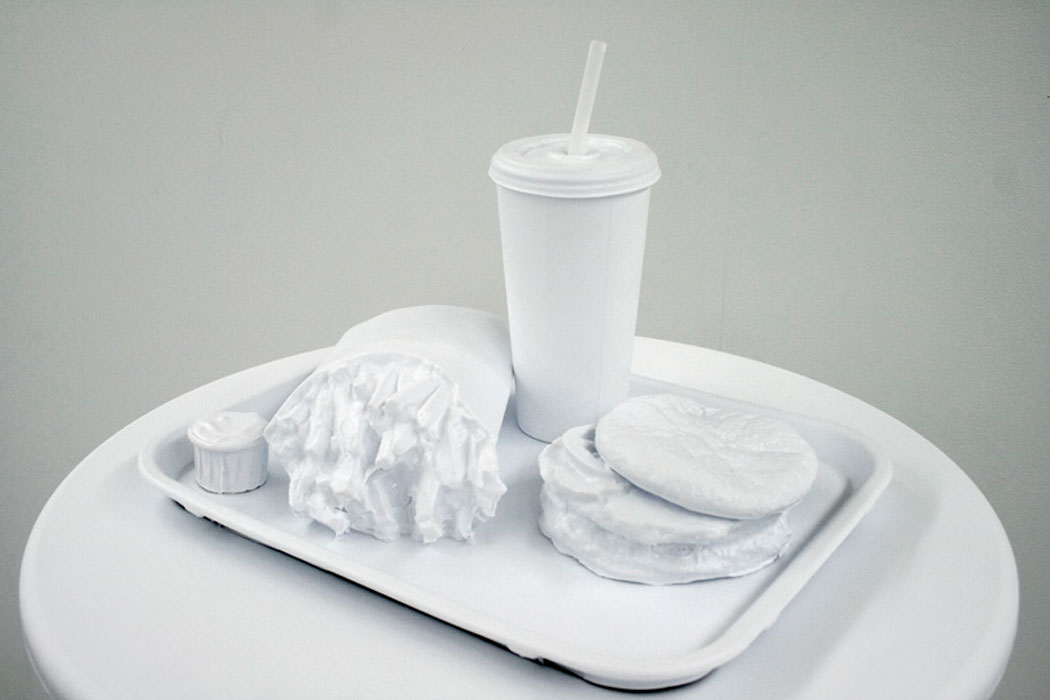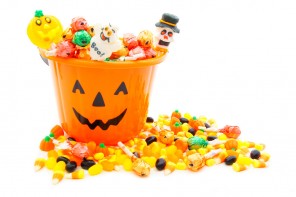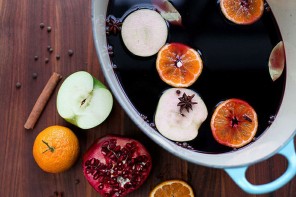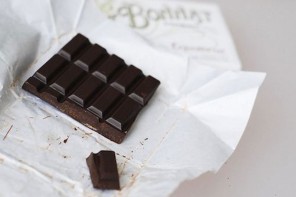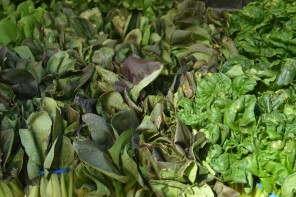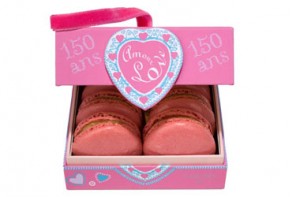Following a healthy diet is not just about the food you’re consuming, but also how it’s packaged.
Don’t Eat Those Chemicals!
Think about how food is packaged or stored. These processes often make use of cartons, wrappers, foil and boxes. You might be great at recycling these items after use so that they don’t hurt the planet, but are they harming your health by getting into your food in the first place?
The answer is yes. According to a study published in the Food Additives and Contaminants journal, these packaging items release low levels of synthetic chemicals that enter your food. The study, conducted by the Food Packaging Forum, found that 175 toxins are legally used to make these common food containers. These chemicals are continuously released into food and then consumed.
175 toxins are legally used to make these common food containers
There are many harmful chemicals that can be in your food without you knowing, all because of the plastic containers that are housing them. Some of the most harmful toxins are organotins and phthalates (these disrupt endocrine production in the body), as well as benzophenone, which is a carcinogen.
Plastic Smarts!
- You can’t always avoid plastic, but you can try to diminish its negative effects and be smarter about your plastic use in general.
- Avoid plastic or other packaging items that contain printing, ink, or adhesives on them since these increase your chemical exposure. What’s especially dangerous about re-using such items is that these substances can degrade or create new mixtures over time that will disrupt the purity of your food.
- Another good idea is to avoid the use of the more toxic plastics altogether. How you can spot them is to check their numbers: they are listed as #3, #6 and #7.
- Throw out any old or scuffed plastic containers as they can leak more chemicals into your food than newer ones.
- Never place plastic containers into your microwave. Although the items might be listed ‘microwave safe’, this doesn’t mean their chemical contents won’t seep out under the extreme heat. Even commonly microwaved food containers, such as those used for pizza or popcorn, can release toxins.
Bring Your Own
When getting a doggy bag at a restaurant, give the waiter your own containers to use (such as those made of glass) that are better for you. This prevents food from absorbing any plastic-related chemicals. Added to this, if your food is hot when placed in its plastic containers, the heat can accelerate the chemical leakage.
Make it Biodegradable
Biodegradable packaging is sometimes referred to as compostable packaging since it disintegrates into parts that can be used as compost. Biodegradable packaging consists of natural materials – examples include sugar cane, corn and wheat. Since biodegradable packaging recycles naturally with no extra energy needing to break down its materials, it is better than recyclable materials. You can find some great biodegradable food packaging and utensils on local sites such as Sustainable and Vegware.
Image credit here

